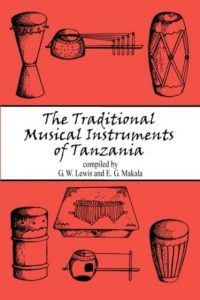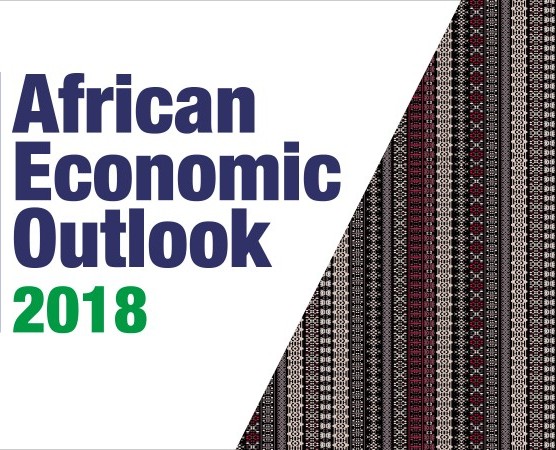Review by Phyllis Luganda
Published September 27, 2007
 The Traditional Musical Instruments of Tanzania is like an SOS; an attempt to produce a systematic classification of some of the many traditional musical instruments in Tanzania before they disappear due to the onslaught of modern, electronic-driven and western-influenced music. The 84-page book, edited by James C Bangsund and published by the Music Conservatoire of Tanzania, names the instruments, where they are found, how they are made, how they are played and the special events or circumstances at which they are employed. PHYLLIS LUGANDA writes.
The Traditional Musical Instruments of Tanzania is like an SOS; an attempt to produce a systematic classification of some of the many traditional musical instruments in Tanzania before they disappear due to the onslaught of modern, electronic-driven and western-influenced music. The 84-page book, edited by James C Bangsund and published by the Music Conservatoire of Tanzania, names the instruments, where they are found, how they are made, how they are played and the special events or circumstances at which they are employed. PHYLLIS LUGANDA writes.
Published in 1990 by the Music Conservatoire of Tanzania to boost the Conservatoire’s music curriculum and also to document traditional instruments before they go extinct due to a serious threat from modern music.
Like in the rest of Africa, music in Tanzania is found in all spheres of life. To understand the music, one is expected to have some knowledge of the contexts in which it is used, how it is affected by the developments of the society in which it is found, and its significance in that society.
While the form of music depends on the level of social and economic development, the way music is produced and consumed depends on the development of society as on the brilliance of composers, players, and instrument makers, the book says. As that society changes, so does the form of music and the patterns of its production and consumption.
The traditional musical instruments found in Tanzania are categorised into four types depending on how the sound is produced.
RELATED: Kenyans’ indifference to their culture spawns art book
While idiophones are ‘self-sounding’ instruments that produce sound from an instrument’s body itself by shaking, striking or scratching the instrument (maracas and xylophones) and membranophones have a tough membrane that is stretched over a sounding box and then struck to produce a rhythmic sound (drums), aerophones produce sound by vibrations when the instrument is blown (horns, trumpets, flutes).
Chordophones, on the other hand, are stringed instruments whose sound is produced by scraping with a bow or plucking a string under tension with the fingers (the fiddle, harp, lute or zither).
Much ‘not all’ of the traditional Tanzanian music is associated with dance. Unlike modern dance in which there is a formality of separation between the music-makers, the dancers and the audience, writes Gareth Lewis in the introduction, this is not the case with Tanzanian ngoma (dances) in which the whole group celebrates their social unity.
In Tanzania, like in many parts of Africa, the making and playing of musical instruments is almost exclusively associated with men who sing, dance and play whereas women sing and dance but only become typically involved when the instruments used are associated with the dance movements, for instance with njuga (leg bells).
The use of black and white drawings of the instruments as illustrations in the book is commendable since the reader is able to figure out or have an idea of how the instrument looks like. Also, the information about how each instrument is made cannot be ignored because the users can make their own since most of the materials required are cheap and locally available or can be improvised.
The book has two appendices; the first one gives the index of instruments by ethnic groups and location while the second one gives the alphabetical index of instruments which makes it easier for quick reference.
The Traditional Musical Instruments of Tanzania cannot claim to be exhaustive on such a wide subject; traditional musical culture is varied and ethically diverse.
Though Tanzania, whose traditional musical instruments the book sets out to cover comprises Zanzibar and Tanganyika, the compilers of The Traditional Musical Instruments of Tanzania “GW Lewis and EG Makala” have not attempted to describe the instruments of Zanzibar because, they say, they should be viewed in relation to the mixing of African with Arabic cultures.
Apart from African traditional music, Tanzania mainland has modern African music, Western music, Indian music and Arabic music. But this book neither covers these kinds nor does it delve into religious (Christian and Islamic) music that could be described as foreign having been brought here by Arabs and Europeans. Instead, it focuses on secular traditional music.
RELATED: Art Book ‘Creates Ripples on the Kenyan Scene’
Traditional music is threatened by modern African and Western music which are electronically-driven and western.
However, Lewis writes in the introduction, this record of musical instruments in the form of The Traditional Musical Instruments of Tanzania will perhaps spur people into acting against the decline of musical culture in Tanzania.
Though a great resource to music experts, researchers and seekers of information, this book could be confusing to the general reader, given the technical details about each music instrument.
The size of the instruments is not mentioned and this makes it difficult for the user who wishes to make an instrument to decide which size is suitable.
One appendix would have been enough instead of the two employed in the book since they contain similar information.
The table of contents, too, could have been split further into names of the specific instruments rather than generalising into the four categories.
If need be, reference material may be written at the end of the book to enable any user wishing for detailed information to refer to it after reading through the given information.
It is likely this book is not stocked by regular book shops; we got it from the National Arts Council. If that be the case, then it could be accessed through the Music Conservatoire of Tanzania directly or the music section of the National Arts Council of Tanzania.




